The simple art of reading literature – one of the most beneficial ways of procuring knowledge — is one that is fast disappearing. Books mentally stimulate the creative part of your brain by allowing you to form an image of the words inside your head, while also giving you a unique pause button for understanding and insight. Stress reduction, vocabulary expansion, and improved writing skills are yet more perks from interpretation of the written word. With that in mind, I present the top 10 books for landscape architecture. 10. Lexicon of Garden and Landscape Architecture – by Meto J. Vroom An alphabetically arranged list of more than 250 garden and landscape architecture terms, concepts, and objects, each complete with definitions, critical commentary, and recommendations for further reading. Its compact size makes it an ideal portable resource for students unfamiliar with certain terms or who simply want to expand their vocabulary. Get it Here!
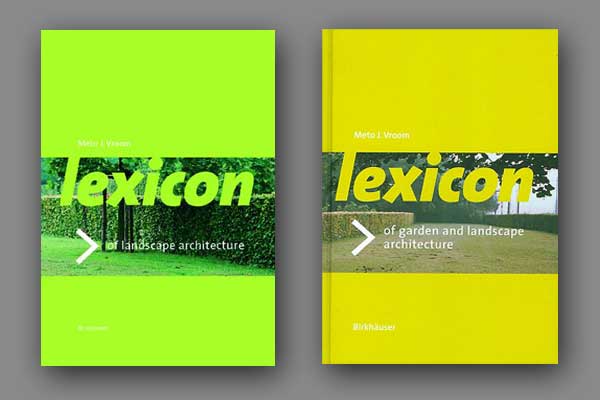
Lexicon of Garden and Landscape Architecture – available in two awesome bright colours so you’ll never lose it!
Representing the work of more than 100 authors
this is an essential addition to the library. The easy-to-navigate text provides accuracy at your fingertips, with an enormous compilation of clearly detailed construction diagrams and industry-wide standards for all sorts of site elements. A less costly, slimmed-down version is also available, which includes access to the full range of information online.
Get it Here!
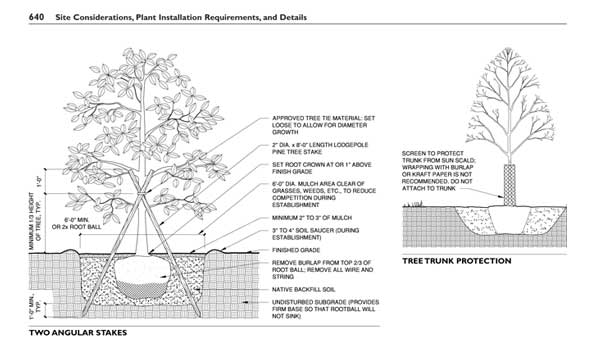
Landscape Architectural Graphic Standards – PDF sourced from Wiley
An encyclopedic account of manmade landscapes around the globe, this book provides a comprehensive resource for historical landscape design. Superb illustrations and pictures do ample justice to the text. Recommended to anyone with an interest in visual arts or landscape architecture, and to designers who wish to get a historical perspective in their field.
Get it Here! 7. Digital Drawing for Landscape Architecture: Contemporary Techniques and Tools for Digital Representation in Site Design – Bradley Cantrell and Wes Michaels
7. Digital Drawing for Landscape Architecture: Contemporary Techniques and Tools for Digital Representation in Site Design – Bradley Cantrell and Wes Michaels A digitized, contemporary version of a book such as Reid’s
Landscape Graphics, Digital Drawing for Landscape Architecture bridges analogue and digital representation methods. Each chapter and section demonstrates varying techniques, from using Photoshop to create sections and plan graphics, to scaling and working with aerials. This is a great resource for anyone wanting to improve his software and rendering skills.
Get it Here!
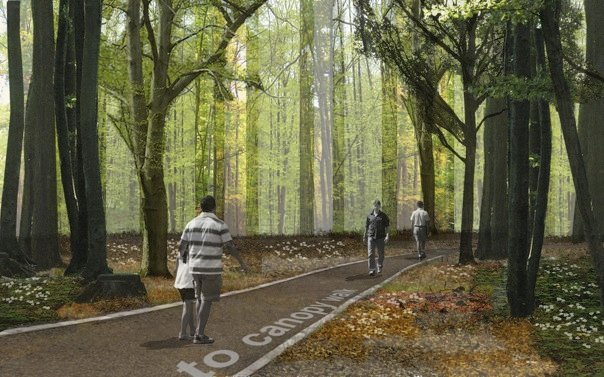
Digital Drawing for Landscape Architecture
A no-nonsense approach to planting design techniques, Nick Robinson’s text is aimed at a wide audience of planting and environmental designers. The layout of the book is spacious and contains sketch illustrations possessing elegant clarity, detailing the horticultural, ecological, and aesthetic characteristics of plants. Any garden designer or landscape architect would benefit from this book.
Get it Here!
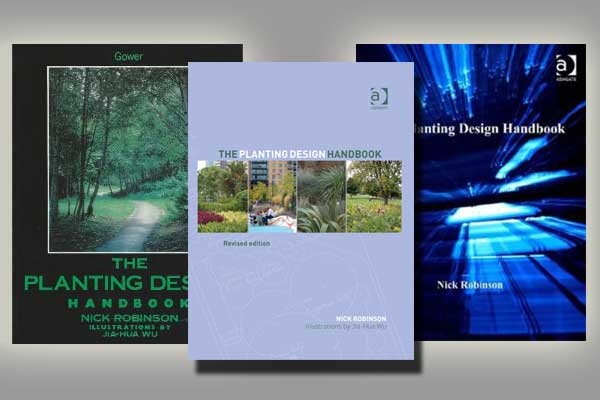
The Planting Design Handbook – Available in three covers!
A rigorous manual of urban planning, Jane Jacob’s 1960s documentation of the inner workings and failings of cities has received a remarkably wide readership. Fascinatingly, Jacobs had no professional urban planning education. She instead relied solely on her observations and common sense to explain how certain places actually work, rather than how they should function according to modern city planning.
Get it Here! 4. The Social Life of Small Urban Spaces – William H. Whyte
4. The Social Life of Small Urban Spaces – William H. Whyte A 1980s classic. The legendary urbanist and professional people-watcher William Whyte – along with his research team “The Street Life Project” – conducted studies of New York’s plazas, parks, and urban spaces in an attempt to document the dynamic human interactions that inhabit them. The result is an insightful text on what makes a great city, with a delightful (and rather humorous) companion film.
Get it Here! 3. Principles of Ecological Landscape Design – Travis Beck
3. Principles of Ecological Landscape Design – Travis Beck Travis Beck’s book addresses the ever-present demand for the design and management of ecologically sustainable landscapes. Drawing on real-world cases, it covers topics such as biogeography and plant selection, competition and coexistence, and plant-animal interactions, to name but a few. Directed at professionals and students alike, this piece of literature has been dubbed an essential 21st century tool.
Get it Here!
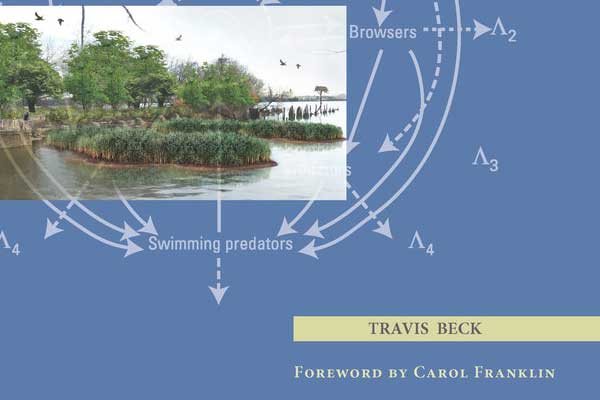
Principles of Ecological Landscape Design – Real science for planting projects.
A classic industry reference, this is a must-have for students new to landscape architecture. The domination of CAD-based drawing has overshadowed the importance of learning the fundamentals of hand-rendered illustrations. The book covers all the essentials of drawing, from the basics of drafting, freehand drawing, and conceptual diagramming, to perspectives, section elevations, and more.
Get it Here!
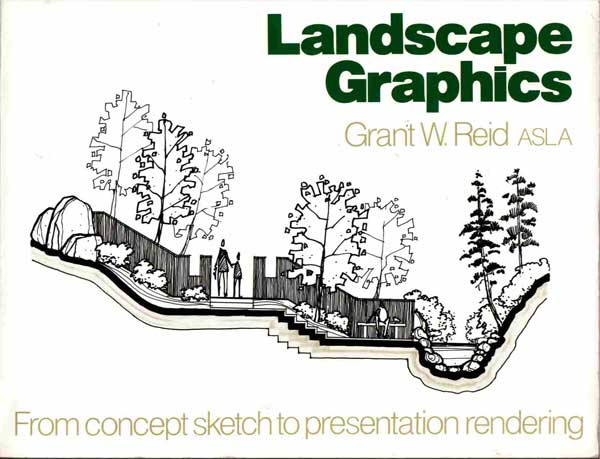
Cover for Landscape Graphics by Grant Reid
Considered the most influential book on landscape planning ever written, the 1969 text by Scottish landscape architect Ian McHarg pioneered the concept of ecological planning and how to design in harmony with the natural environment. Inspiring readers to look at their own environment in new ways,
Design With Nature has been the most widely read landscape architecture book of the 20th century.
Get it Here!
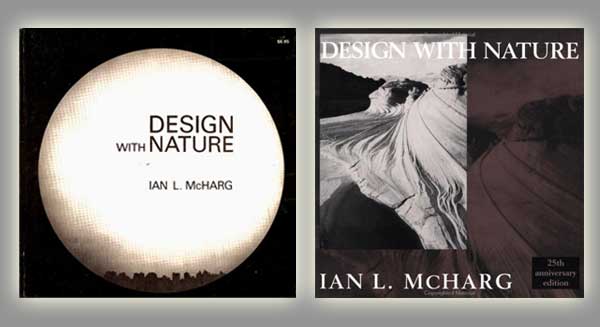
Available in two beautiful covers
The traditional book lover may be a dying breed, but there’s no doubt that exposing oneself to a diverse range of books and absorbing their information with understanding is an infallible way to become an authority on a subject. The richness reading provides is unparalleled; I hope these 10 books offer just that.
Still cant’s make your mind up what to get, check out our LAN Associates Store! Article by Paul McAtomney Return to Homepage Featured image: License: CC0 Public Domain, source.
Published in Blog


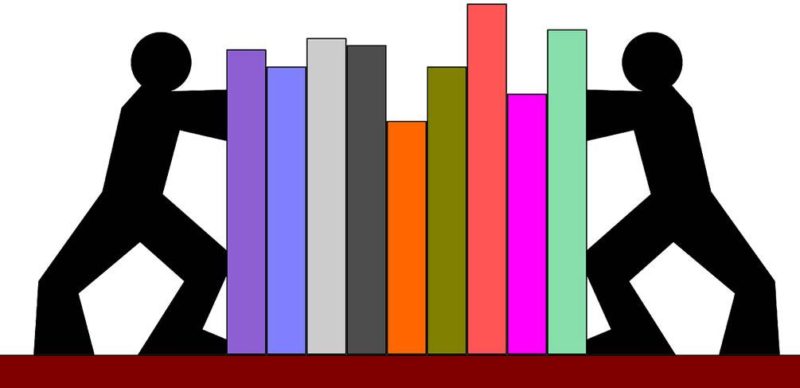










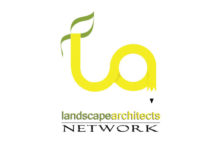

Pingback: Drawing Book Michaels – Viral craft